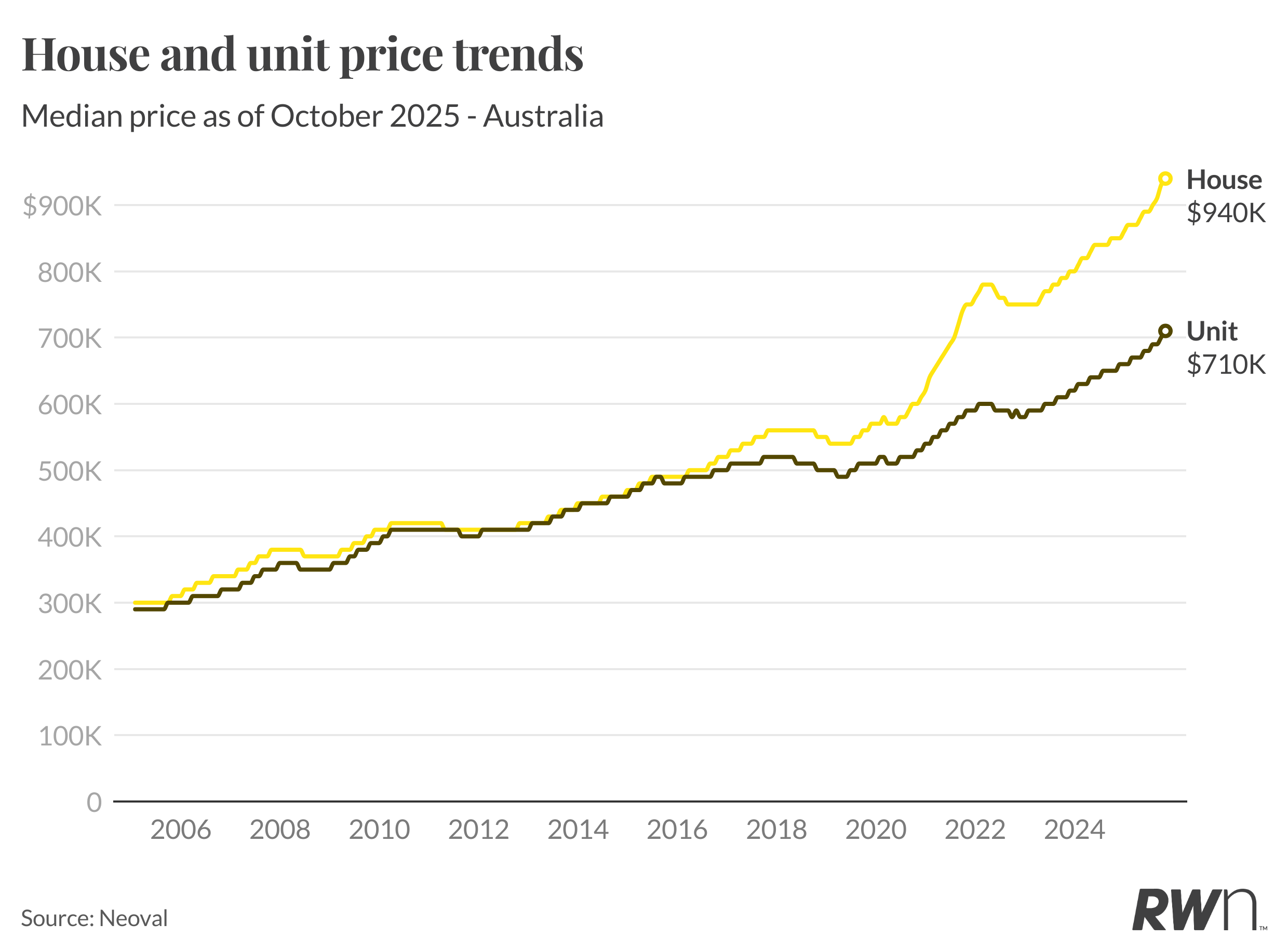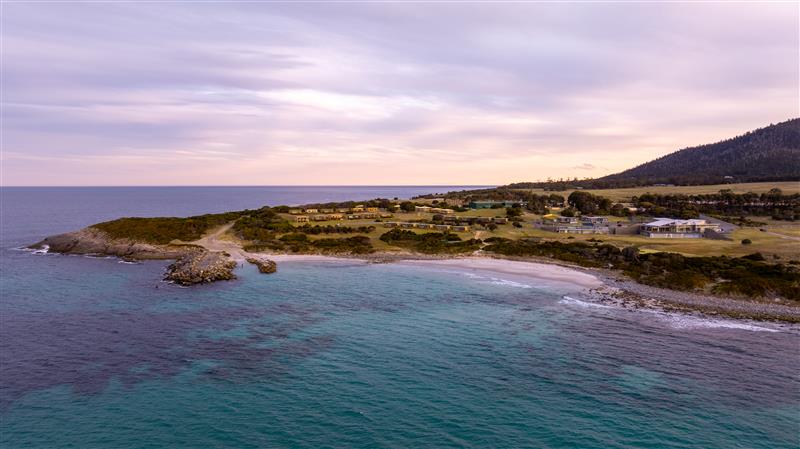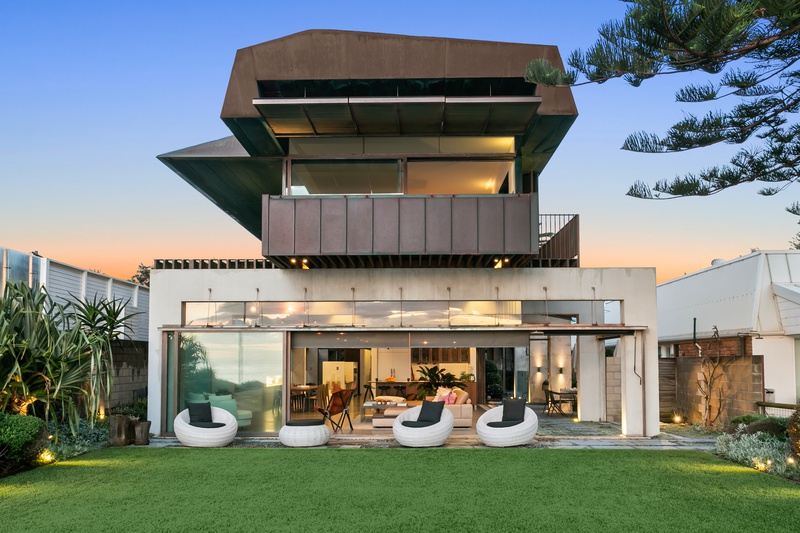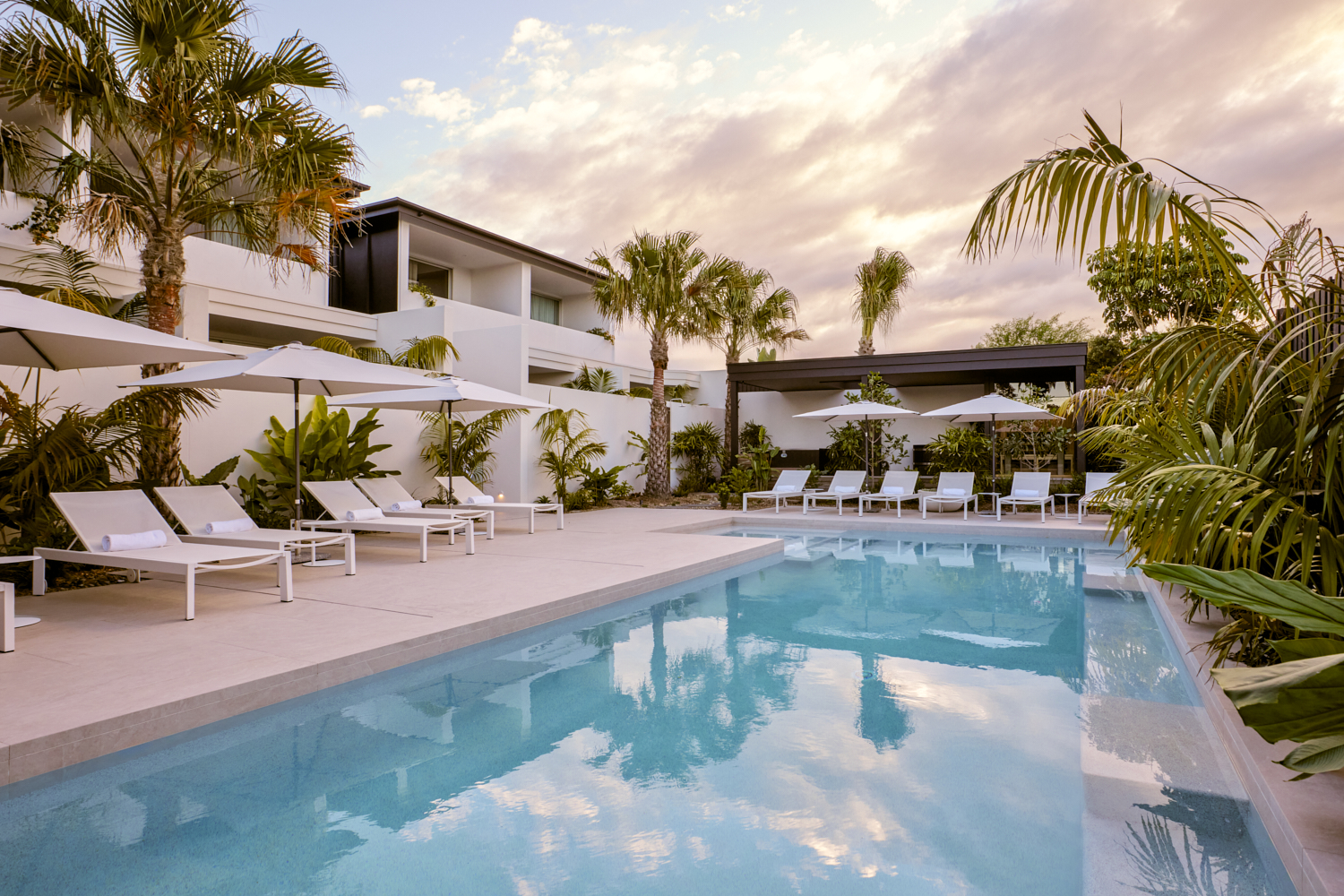Will a cap on international students make housing more affordable?
The Federal Government is proposing a cap of 270,000 students in 2025
The Federal Government is proposing a cap on international students in 2025, with legislation recently put forth to limit enrolments to 270,000. This would comprise 145,000 university students and 95,000 vocational education training (VET) placements. Many people in the tertiary education sector argue that this is an immigration policy designed to curb new arrivals amid a housing crisis.
The Federal Government has been criticised for a record surge in immigration following the pandemic, which has placed additional pressure on the rental market. According to the Australian Bureau of Statistics, 737,000 migrants arrived in Australia in FY23, up from 427,000 in FY22. Among them were 554,000 people on temporary visas, 283,000 of which were international students.
REA economist Anne Flaherty said the post-pandemic surge in overseas students in 2023 and 2024 coincided with building sector constraints that exacerbated the housing undersupply and contributed to rapidly rising rents and record-low vacancy rates over the past two years.
“There is no question that high levels of migration have been a key driver of the rental crisis,” Ms Flaherty said. “Rent growth from surging student numbers can be seen in “student suburbs”. Examples include Clayton, home to Australia’s largest university Monash, which saw unit rents up 20% over the 12 months ending July, and Glebe, near the University of Sydney which saw rents up 17%.”
Ms Flaherty said the new cap in 2025 would have little immediate impact on the market, given the students here now will stay for several more years while they complete their studies.
The Federal Government wants universities to provide more purpose-built student accommodation (PBSA) to free up homes in the strained private rental market. CBRE estimates that only 6 percent of students currently have the opportunity to live on-campus or in PBSA close to their universities.
In a new report on student accommodation, CBRE estimates there are 223,000 overseas students in Sydney and 334,000 in Melbourne. It estimates an unmet demand for 25,000 PBSA beds in the University of Sydney and UTS catchment alone and 15,000 beds in the University of Melbourne and RMIT catchment.
The Student Accommodation Council says there are 7,700 new PBSA beds in the pipeline for 2026 but 84,000 are needed. The council’s executive director, Torie Brown, said governments need to incentivise foreign investors to build more student housing. “Ridiculously high state taxes on international investors who build PBSA continue to be a handbrake on new development,” she said. “International students have been unfairly blamed for the rental crisis … There are more domestic students in rental homes than international – yet no one is suggesting we ban share-houses for local university students.”
Australia’s housing market defies forecasts as prices surge past pandemic-era benchmarks.
Records keep falling in 2025 as harbourfront, beachfront and blue-chip estates crowd the top of the market.
Australia’s housing market defies forecasts as prices surge past pandemic-era benchmarks.
Australian house prices are surging again, delivering double-digit annual growth months ahead of schedule.
Nationally, the median house price climbed 1.1 per cent in October to $940,000, lifting annual growth to 10.6 per cent, the first double-digit increase since the 2021–22 property boom.
Market Resilience Surprises Analysts
The acceleration comes earlier than expected, according to Ray White Group Chief Economist Nerida Conisbee, who says the milestone was originally forecast for the end of the year.
“Stronger-than-expected October gains and continued tight supply across most markets have pushed growth ahead of schedule,” Conisbee said. “This shows how resilient demand has remained through spring.”
Perth (+14.8 per cent), Brisbane (+12.5 per cent) and Adelaide (+10.8 per cent) continue to lead the charge among capital cities, while Sydney (+8.6 per cent) and Melbourne (+6.5 per cent) show steady, consistent increases.
Regional Markets Extend Their Lead
Beyond the capitals, regional Australia is powering ahead, particularly in the resource states.
Regional Western Australia jumped 16.4 per cent year-on-year, and regional Queensland followed close behind at 14.5 per cent, as population growth and affordability continue to drive demand.

Units Outperform Houses
Unit prices rose even more sharply in October, up 1.4 per cent to $710,000, marking 9.2 per cent annual growth. Conisbee said affordability pressures, new first home buyer incentives, and a lack of available stock are pushing more buyers into the apartment market.
“Units are now seeing stronger monthly gains than houses, reflecting both affordability constraints and renewed first-home-buyer activity,” she said.
The biggest monthly jumps were in Perth (+1.6 per cent), Adelaide (+1.5 per cent), and Brisbane (+1.4 per cent). Melbourne’s unit market also firmed, up 1.6 per cent, as buyers returned to lower price brackets.
Spring Demand Defies Higher Listings
Despite an influx of spring listings, new stock has failed to match the intensity of buyer demand. Nationally, house prices have now risen every month since February, and unit prices every month since March.
“The pace of growth shows demand hasn’t been dampened by higher supply,” Conisbee said.
Outlook: Steady Growth Into 2026
The data comes as the Reserve Bank prepares for its Melbourne Cup Day meeting, where rates are expected to remain on hold at 3.6 per cent.
With inflation easing only gradually and unemployment sitting around 4.5 per cent, analysts expect monetary policy to stay steady for now.
Ray White’s forecast suggests 2025 will close with high single- to low double-digit annual growth nationally, with smaller capitals and regional areas tipped to outperform well into 2026.
When the Writers Festival was called off and the skies refused to clear, one weekend away turned into a rare lesson in slowing down, ice baths included.
A luxury lifestyle might cost more than it used to, but how does it compare with cities around the world?



















